
Woodlands, Inverness: Home designed by renowned Scottish architect Alexander Ross goes on sale
A country house in Inverness designed by the renowned Scottish architect Alexander Ross has gone on the market for £1.25 million.
Built in 1863, Woodlands stands as a tribute to Ross who was one of Scotland’s most influential architects.
His extraordinary architectural career spanned over five decades, during which he undertook around 1,000 projects, leaving a lasting legacy on the Highland landscape.
From a Police Station in Mallaig to St Kessog’s Episcopal Church in Auchterarder, from St Finan’s Episcopal Church in Kinlochmoidart to the Hugh Miller Institute in Cromarty, his work stretched across Scotland.
Many Highland communities were centred around buildings designed by Ross.
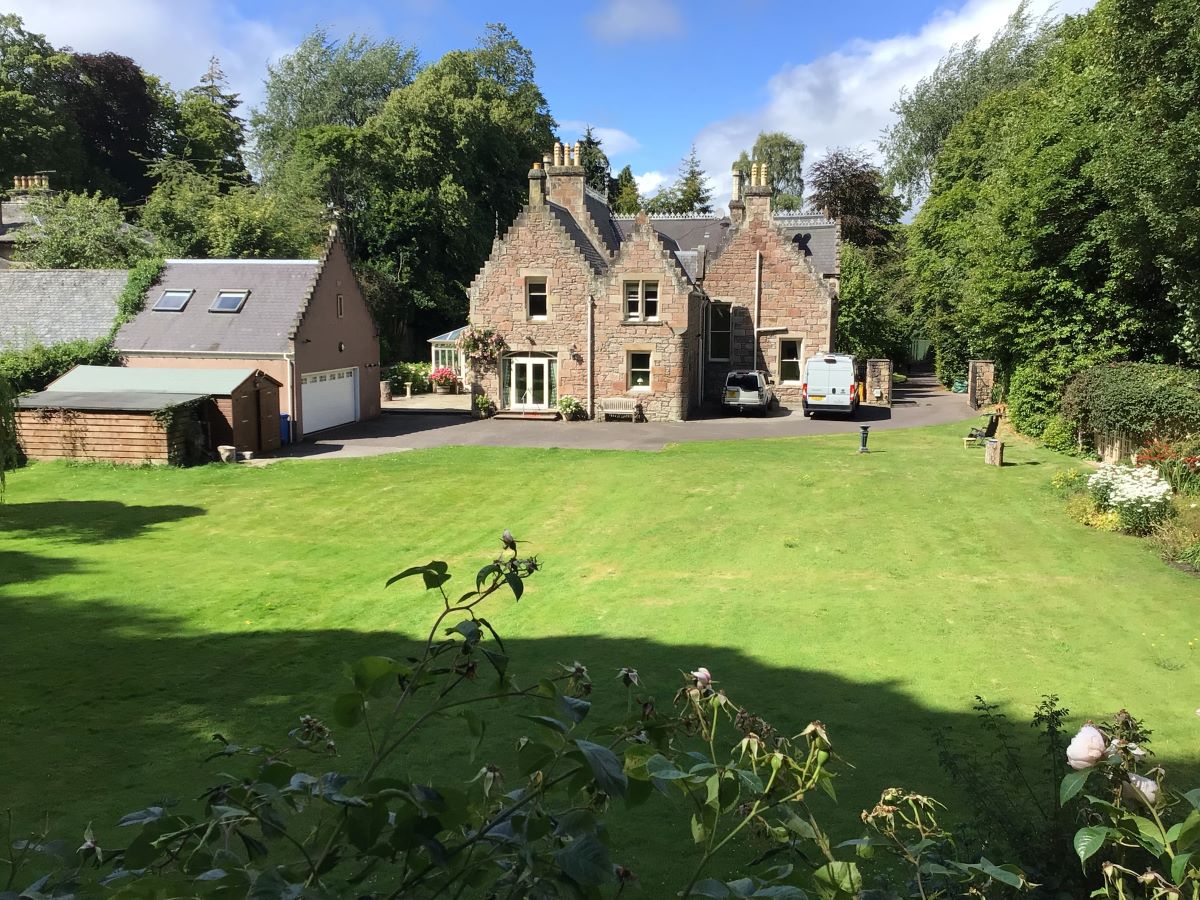
The five-bedroom house in Inverness sits within the Riverside Conservation Area and is totally secluded.
It lies close by the River Ness and is within easy walking distance of the city.
Set within mature, landscaped grounds, the property on Island Bank Road is an oasis of calm and retreat within its city setting.
Island Bank Road is steeped in Highland history, musket balls have been found in the area’s gardens, rumoured locally to have been left behind by Cumberland’s Army resting after Culloden.
The house has been sympathetically upgraded to a high standard. Original features have been retained or restored and include Penrhyn heather slate roof, an impressive staircase, panelled doors, intricate cornicing, fireplaces and master bedroom balcony.
The grand staircase is a central feature in Ross’s designs, leading to well-proportioned rooms that would later emerge in the Arts and Crafts Movement of the late 19th century.
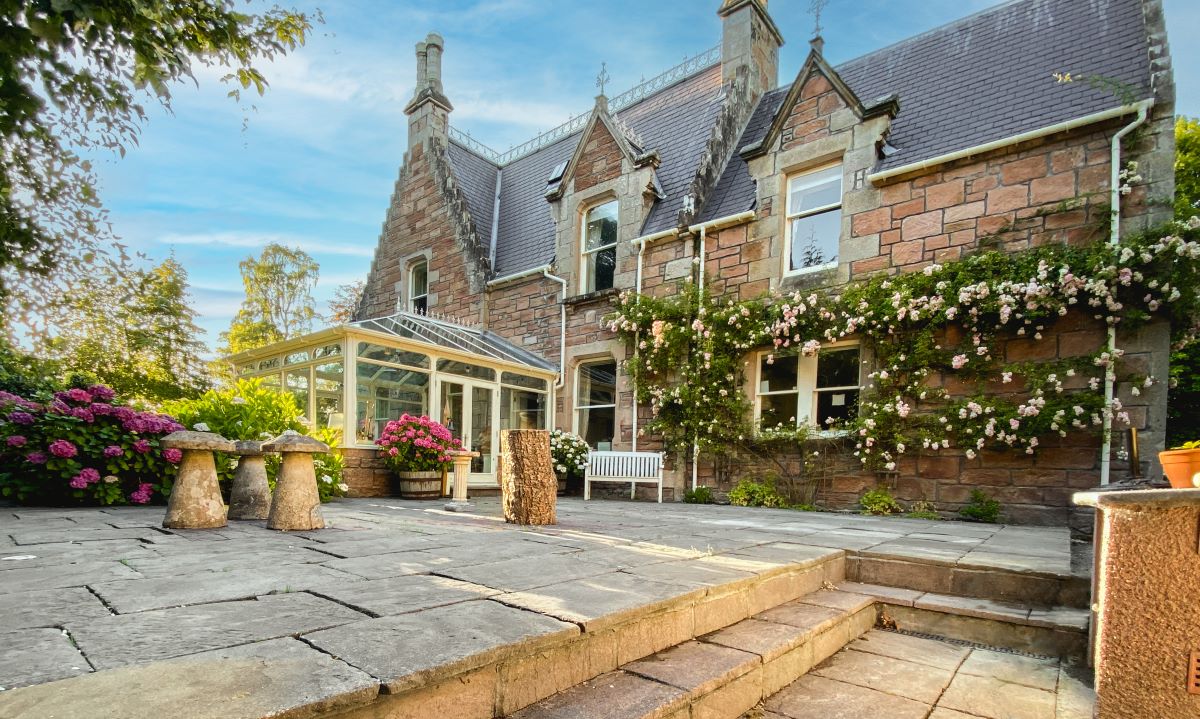
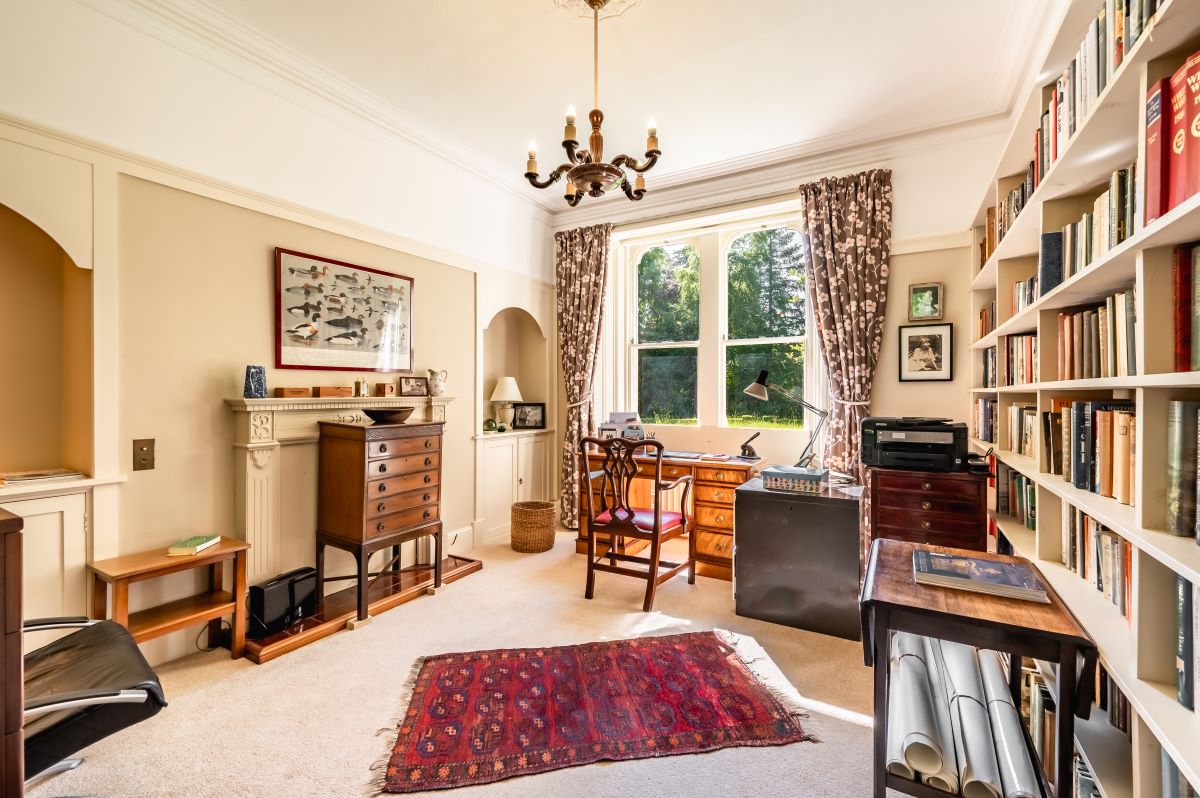
‘As Woodlands stands today, it serves as a testament to Alexander Ross’s enduring legacy, a fine example of Highland architecture and a window into the rich tapestry of Scotland’s past,’ said selling agents Galbraith.
Calum Maclean, architect and author of Alexander Ross: The Remarkable Story of a Highland Architect hailed Ross as, not only one of the most accomplished architects of the Victorian era.
‘His portfolio ranged from cathedrals to churches, schools, castles, and houses, with many of his greatest achievements located in Inverness,’ he said.
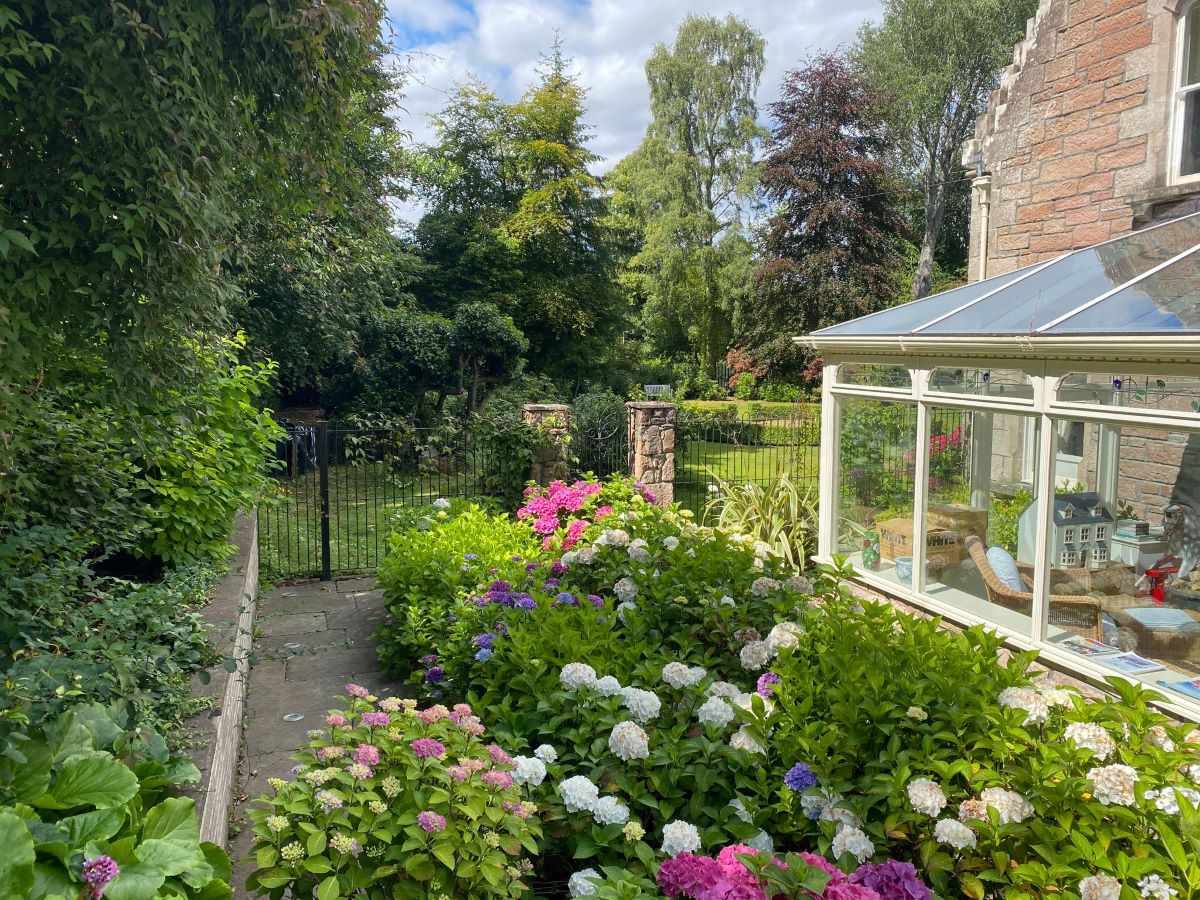
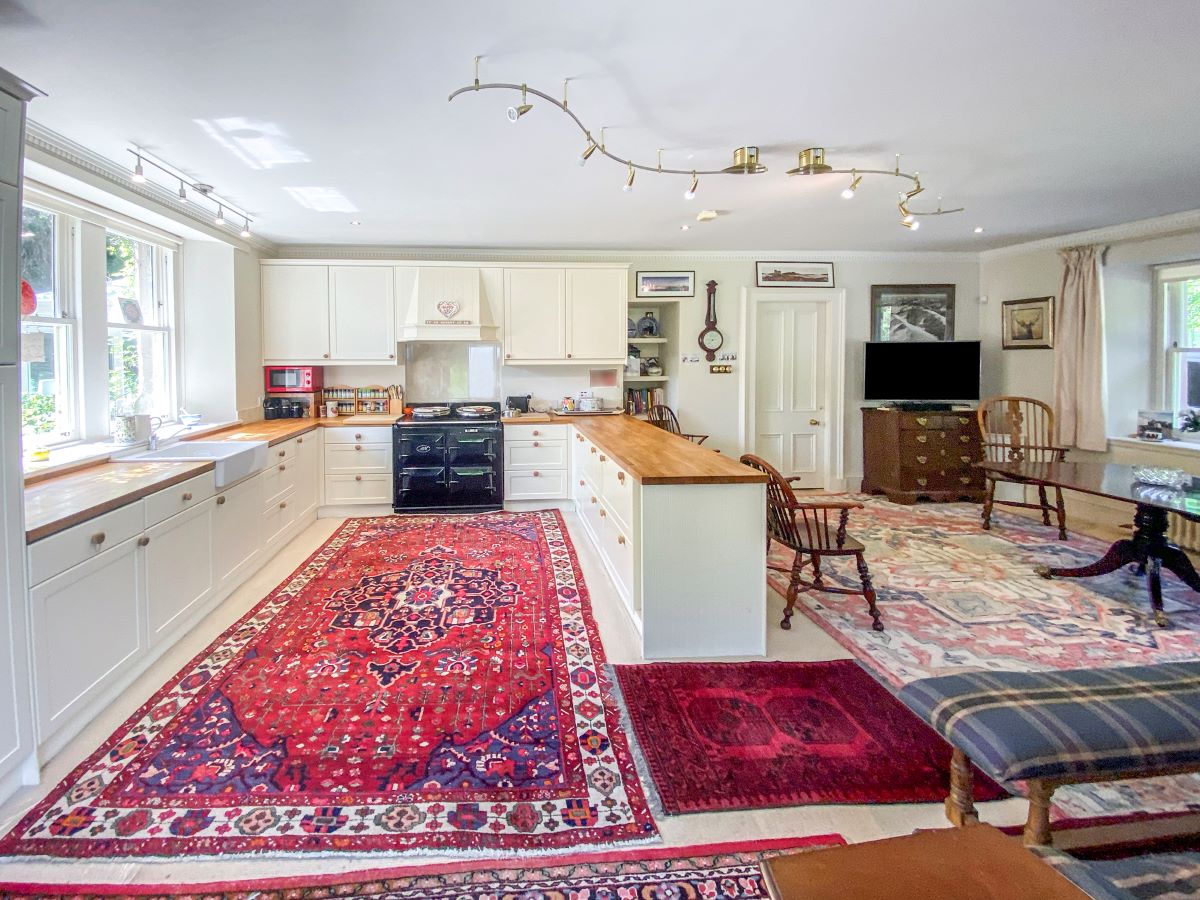
‘Ross’s development of the town centre and the West Bank of the river Ness, took place over 30 years spanning the length of his career, giving us the tree lined riverside of Ness Walk and the majestic villas of Island Bank Road.’
St Andrew’s Cathedral, known as Inverness Cathedral, stands as one of Ross’s most prominent works, a testament to his architectural vision and skill.
Completed in 1869, the cathedral’s rich detail and gothic style embodies Ross’s commitment to meticulous craftsmanship.
It stands as a focal point on the banks of the River Ness, a lasting demonstration of Ross’s ability to create structures that play with a sense of drama and movement.
Read more Home and Garden news here.
Subscribe to read the latest issue of Scottish Field.
TAGS

